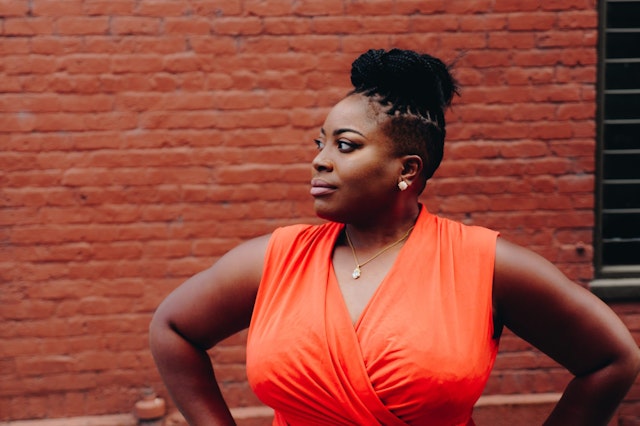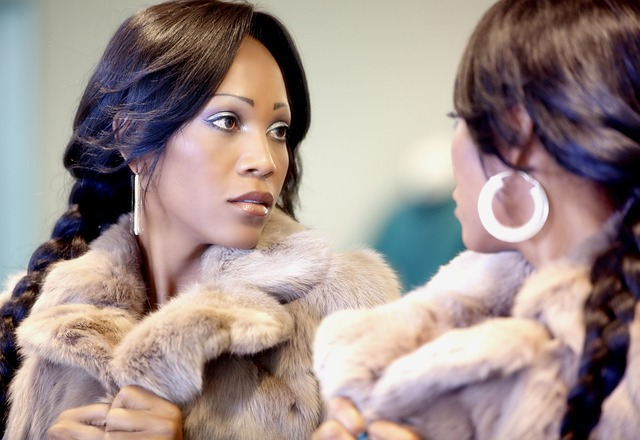Several years ago a huge debate sparked through the internet about what people were hearing in a 4-second clip: Laurel or Yanny. (Click here to listen to the original clip in this Time article.) Though we quickly learned that the recorded word was Laurel, almost half of the people who listened to the clip heard Yanny according to Twitter poll (now X). But why?
In a Wired interview, Neuroscientist Tyler Perrachione notes that there are a variety of possibilities at play from the type of headphones being used to the pitches and frequencies being emphasized. Others have even suggested that the age of our ears determine what frequencies we can actually hear.
This made me think about the different voices we grow up hearing: mothering voices, fathering voices, teaching voices, reprimanding voices, encouraging voices, flattering voices, influencing voices, tempting voices, lying voices, hurting voices, discouraging voices, nurturing voices, training voices, cutting voices, judging voices, and the list goes on.
In some cases, we’ve taken on the identity that the voices of others project on to us in order to navigate our way through life. Yet, there is a gnawing feeling – something signaling to us that much of what we are hearing doesn’t sound right. It doesn’t resonate. It’s not our voice.
In his sermon, A Failure of Nerve, Pastor J. Lawrence Turner of Mississippi Boulevard Christian Church reminded the congregation to amplify the voice of God and mute all other voices.
________________________________________________________________________________________________________________
What Voices Are You Allowing Your Ears to Hear?
As I reflect, I can see how the direction others thought I should pursue dictated and overshadowed the direction I wanted to go in. Everything I have ever wanted has always been put on the backburner to fulfill what others in my life at the time wanted and/or needed. Not knowing how to fight for me has led me to a life of resentment, unfulfillment and lack. It has kept me searching for someone who cares about me and what I need and what I want. It has kept me from knowing how to love me, learning how to love me and doing what it took to love me. My misguided search has kept me from finding my happy place. Being emotionally and mentally spent has left me financially spent. Chasing the anticipated end to someone else’s definition of my success has led me to chase the end without having the middle. Trying to make the income and live the life without doing what makes me happy to get there has been very detrimental to me.
The Bible says, “A man’s gift makes room for him.” If I could go back and redirect myself, I would say, “do what makes you happy,” not what someone else thinks you should do.
From The Ashes Have Voices: Stories to Motivate, Inspire, and Ignite Healing (Who Do I Say I Am? “They Say” by co-author Nichole Woods)









